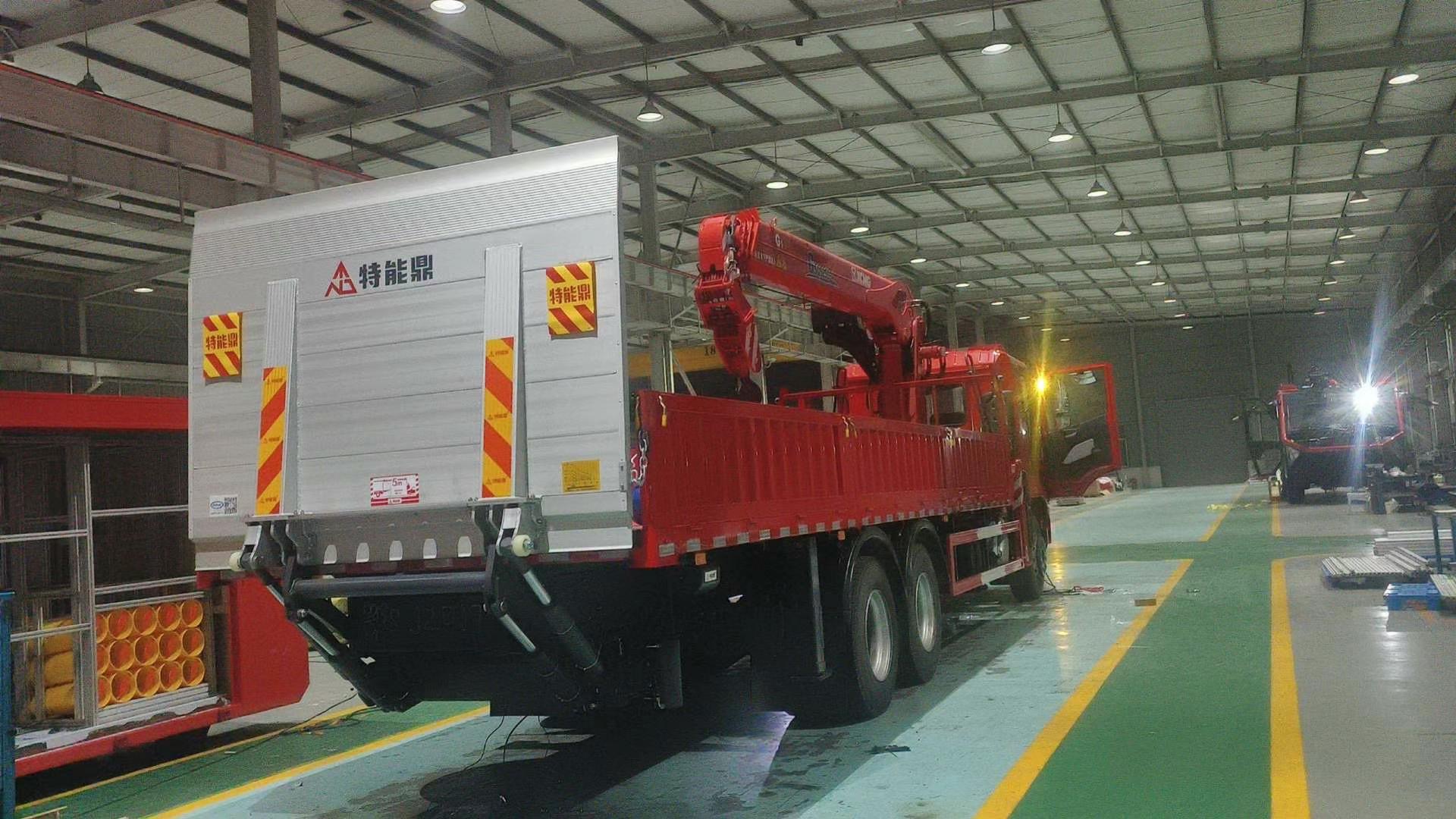Tail lifts are an essential component of many commercial vehicles, providing a convenient and efficient way to load and unload goods. Whether you are looking to purchase a tail lift in bulk, wholesale, or simply want to understand the main structural components and how they work together, it's important to have a comprehensive understanding of this vital piece of equipment.

The main structural components of a tail lift include the platform, the hydraulic system, the control panel, and the safety features. Each of these components plays a crucial role in the overall functionality of the tail lift, working together to ensure the smooth and safe movement of goods up and down.
The platform is the most visible part of the tail lift, serving as the surface on which goods are loaded and unloaded. It is typically made of durable materials such as steel or aluminum to withstand the weight of heavy cargo. The platform is attached to the main structure of the tail lift and moves up and down as goods are raised or lowered.
The hydraulic system is the powerhouse behind the movement of the platform. It consists of a hydraulic pump, cylinders, and hoses that work together to generate the force needed to lift and lower the platform. When the hydraulic pump is activated, it pressurizes the hydraulic fluid, which then moves the cylinders, causing the platform to move in the desired direction. This system is controlled by the operator using the control panel, allowing for precise and controlled movement of the platform.
The control panel is the interface through which the operator manages the operation of the tail lift. It typically includes buttons or switches that control the raising, lowering, and leveling of the platform. The control panel also provides important feedback, such as the current position of the platform and any potential issues with the operation of the tail lift. This component is essential for ensuring the safe and efficient use of the tail lift.
In addition to these main structural components, tail lifts are equipped with various safety features to protect both the operator and the goods being transported. These may include safety rails or barriers around the platform to prevent goods from falling off during operation, as well as sensors that detect obstructions and prevent the platform from moving if there is an obstacle in its path. These safety features are crucial for preventing accidents and ensuring the smooth and secure movement of goods.
When these structural components work together, the tail lift is able to efficiently and safely move goods up and down. The operator activates the hydraulic system through the control panel, causing the hydraulic pump to pressurize the fluid and move the cylinders. This action lifts or lowers the platform, allowing for the loading and unloading of goods. The safety features ensure that the operation is carried out without any risk to the operator or the goods, providing peace of mind and security during the transportation process.
For businesses looking to purchase tail lifts in bulk or wholesale, it is important to consider the quality and reliability of the structural components. Investing in well-built tail lifts with durable platforms, robust hydraulic systems, and comprehensive safety features is essential for ensuring the long-term functionality and safety of the equipment. Additionally, working with reputable suppliers who offer bulk buying options can provide cost savings and ensure a steady supply of tail lifts for commercial vehicles.
In conclusion, the main structural components of a tail lift, including the platform, hydraulic system, control panel, and safety features, work together to facilitate the smooth and safe movement of goods up and down. Understanding how these components function is essential for businesses looking to purchase tail lifts in bulk or wholesale, as it ensures that they invest in high-quality equipment that meets their operational needs. With the right tail lift, businesses can streamline their loading and unloading processes, improving efficiency and safety in their transportation operations.

Post time: Apr-19-2024
